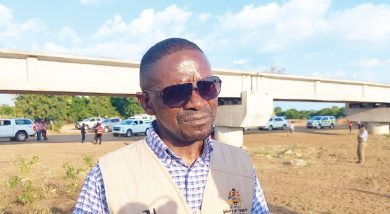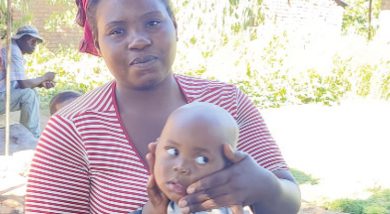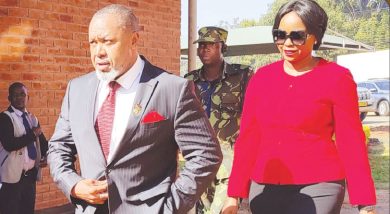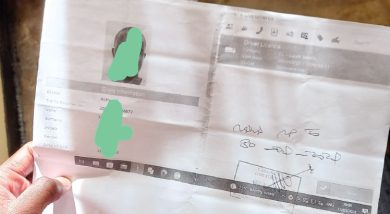Pressure mounts on the kwacha
The Malawi kwacha is trading at around K860 per dollar on the parallel market compared to K749 in most authorised dealer banks (ADBs), creating a spread of about K111 between the two markets.
The prevailing spread is one of the highest margins in history and analysts indicated to The Nation that it could be a pointer to the massive pressure of the local currency on the market as demand for foreign currency surges against available supply.
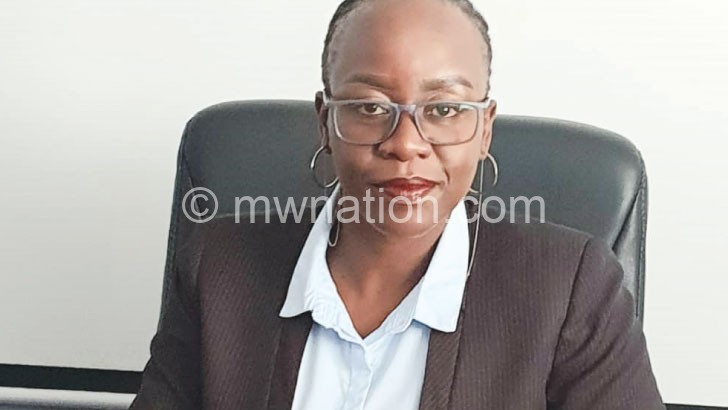
During spot-checks last week, it was observed that the black (or parallel) market rates were mirroring rates in foreign exchange bureaus where the local unit was also trading at around K860 against the dollar.
Financial and economic analysts we spoke to agreed with our findings that the parallel markets were offering best buying rates unlike the official market, a situation they said was attracting economic agents who now prefer transacting on the illicit market.
But the analysts said they suspected that following the Tonse Alliance administration’s clamp down on suspected looters of public resources under the ousted Democratic Progressive Party (DPP) regime, ‘wrongdoers’ could also be leaving no stone unturned and converting the ‘stolen’ kwacha notes into foreign currency, especially the dollar on the black market, thereby pushing up the price of a dollar.
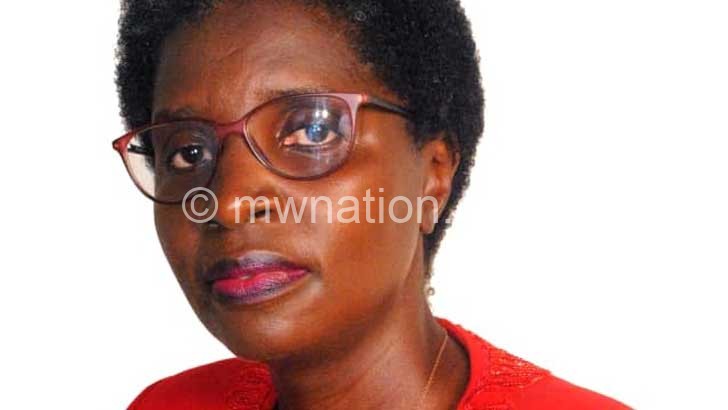
The random spot-checks showed that in Blantyre, a dollar was selling at K860 and the same was being bought at K830 on the black market. The situation was not different in Lilongwe where a unit of a dollar was going at K860 buy buying at K840.
In Mzuzu, as of Thursday, a dollar was selling at a relatively more appreciated rate of K810 against a buying rate of K800 on the parallel market.
Our analysis also extended to the foreign exchange bureaus where, for example, at Golden Foreign Exchange Bureau branch in Limbe, Blantyre, a dollar was selling (cash and not telegraphic transfer) at K855 against a buying rate of K810, according to daily foreign exchange bureau rates published by the Reserve Bank of Malawi (RBM).
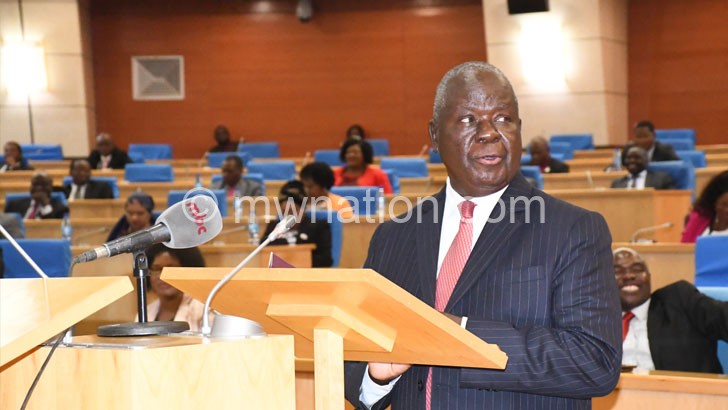
The wider spread between buying and selling rate was noticed at FDH Money Bureau Limited where a dollar was at K825 against a buying rate of K770, creating a spread of K55.
MyBucks Forex Bureau was selling a dollar at K845 and buying the same at K805 while HMS Foreign Exchange Bureau was buying a dollar at K800 and selling it at K845.
While the rates on the black market and in all the foreign exchange bureaus have significantly deprecated, Friday’s official exchange rate stood at K749.73 (selling) against a buying rate of K735.03, according to RBM website.
In an interview on Thursday, Alliance Capital Bond Mtembezeka said usually, black market and foreign exchange bureau rates are the ones that reflect the true interplay between demand and supply of foreign currency on the market.Limited research manager
He said: “The average dollar-kwacha exchange rate in forex bureaus is currently not so different from the parallel market. The disparities reflect demand and supply as well. That is why in Mzuzu, the exchange rate is lower as there is relatively less activity compared to Lilongwe and Blantyre.
“Traditionally, the parallel market has offered the best buying rates. So, economic agents prefer selling to them. That in a way undermines the financial markets.”
Ben Kaluwa, professor of economics at Chancellor College—a constituent college of the University of Malawi, on Thursday suspected that in the face of the current political situation, some desperate individuals could be busy externalising foreign currency; hence, putting more pressure on the kwacha on the black market.
He also said currently there was rationing of foreign currency on the official market which he said is a symptom of foreign exchange shortage.
Said the professor:
“Probably they need foreign currency to keep the currency away. People are desperate and they might want to get the dollars unofficially. It could be nice to compare the rates now and before the fresh presidential election.”
Our search showed that prior to the election and in particular the months of March, April and May, the black market rate was around K770 while most bureaus were selling a dollar at K790, creating a spread of about K40 against the official rate of about K740 to a dollar then.
Kaluwa said the current discrepancy between the black market and official rates could also signal that there is foreign exchange rationing in the official market; hence, prompting individuals in need of foreign currency to resort to the black market.
Financial Dealers Association of Malawi (Fimda) president Patricia Hamisi on Thursday acknowledged the disparities between the black market rates and the bank exchange rates, but said the parallel market rates should be compared with the bureau rates as they are meant to service the same clientele, notably individuals looking for cash for travel allowances.
On the other hand, she said ADBs are largely for bill payments through telegraphic transfers (TT).
But Hamisi said the current depreciation in the parallel market signals that there is high demand as compared to supply for the cash.
She said: “It’s also important to ascertain whether this is real or perceived demand which is kicking in due to government change as importers usually are not certain as to what policy changes will be implemented by a new government.”
Reacting to our observation, RBM spokesperson Onelie Nkuna confirmed about the surging demand for foreign currency on the local market, but explained that while a sizeable number of customers transact in cash at forex bureaus and are attracted by the higher exchange rates, the volumes are usually smaller.
She said TT transactions were more prominent because they entail large volumes, usually transacted by large corporations paying import bills.
But Nkuna said the central bank’s exchange rate policy remains flexible, allowing the kwacha to be determined by market fundamentals.
According to the World Bank, despite the RBM reporting official gross reserves of $624.5 million (about K462 billion) or three months of import cover in May, the private sector has reported increasing queues for foreign exchange.
The World Bank’s latest 11th edition of the Malawi Economic Monitor launched a week ago indicated that although TT kwacha rates have remained stable, cash rates have increased.
In July 20, the kwacha/dollar exchange rate depreciated by 0.2 percent since the beginning of the Covid-19 crisis, said the bank, while questioning the inflexibility of the local currency against other major convertibles in the past three years.
The local currency experienced some volatility in mid-2019 but stabilised in the second half. The currency depreciated by about six percent relative to the dollar in the second quarter of 2019, but regained most of its ground by mid-August 2019.


